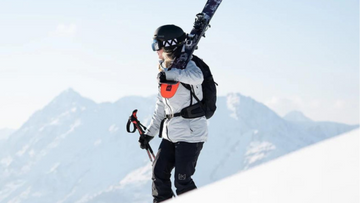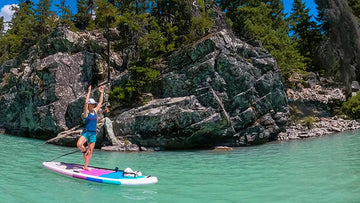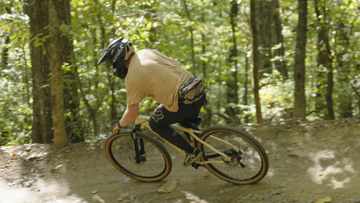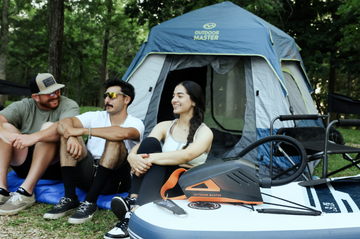The Essential Checklist for Backcountry Skiing & Snowboarding

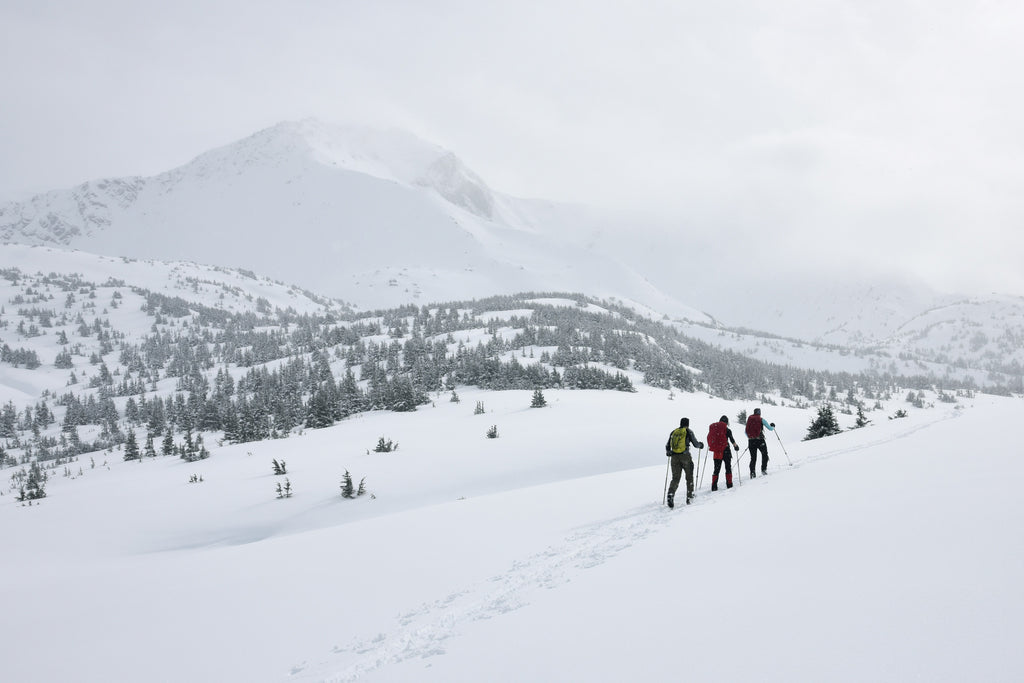
Photo by Hans-Jurgen Mager on Unsplash
Resort skiing and snowboarding is fun and all, but the backcountry beckons! Nothing will get the blood pumping like a backcountry excursion. That said, backcountry skiing is a high-risk high-reward activity. While carving up fresh powder is anyone’s dream come true, off-piste pioneering is dangerous, and with no ski patrol to call in case of an emergency, being prepared should be your #1 priority.
TL;DR – This is a comprehensive checklist of what you will need for a backcountry skiing/snowboarding trip. Backcountry skiing is different from resort skiing. To be prepared, you’ll need the “correct” gear. Below, you will find everything from skis and skins to emergency equipment and snacks.
If you are planning your first backcountry ski trip, then this list is for you. There are countless products one might buy for a backcountry ski trip. To make things easier for you, I’ve compiled the essentials you’ll need to go on your first trip.
Backcountry Skis and Snowboard/Splitboard

Photo by Ben Kitching on Unsplash
You are finally planning that infamous backcountry ski trip! First things first, you’ll need backcountry skis or a backcountry snowboard.
Backcountry skis tend to be lighter and wider than typical skis you might find at the ski shop at the bottom of the hill. This helps skiers when walking on skin trails and when skiing through deep powder.
Backcountry snowboards tend to be wider and longer, and feature a stiffer flex for added stability. Park and all-mountain boards will not fare well off-piste. If you plan on traversing long, snowy skin trails, you might want to invest in a splitboard. That way, you can walk up the trail just as a skier would, before putting your board back together and riding down snowboard style.
Boots
You’ll also want a pair of backcountry boots. Whether you ski or snowboard, you’ll want a pair of boots that do well out of bounds.
Backcountry ski boots are typically lighter and have grippier rubber soles to make walking long distances easier. Backcountry ski boots are often less stiff, which sometimes translates to less downhill performance.
Backcountry snowboard boots tend to be stiff and more durable. This helps with the stability on volatile terrain and in deep pow.
Bindings
Arguably more important than boots are backcountry bindings. For skis and splitboards, you’ll want a pair of bindings that are compatible with walking on skin trails and carving up soft snow.
Backcountry ski bindings, “touring bindings,” feature a toe piece with pins to lock the toe in place, allowing the heel to lift when walking. This allows the skier to walk longer distances with enhanced maneuverability.
Similar to touring bindings, “soft-boot bindings” feature tech that allows the rider's heel to lift while walking uphill. These bindings look and feel like regular snowboard bindings. When you get to the top of the hill, remove the bindings from their forward-facing position and change the setup of your bindings to your preferred stance.
Climbing Skins
What are skins? Skins are strips of material that go on the bottom of your touring skis or splitboard. This allows your skis or splitboard to stick to the snow as you walk up the trail. When you get to your destination, you must take them off before skiing or riding down. So, you need a place to put them. A bag is necessary.
Backcountry Backpack
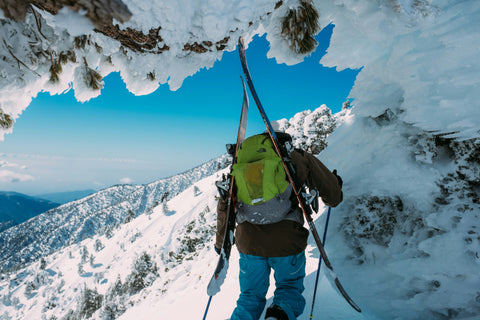
Photo by Robson Hatsukami Morgan on Unsplash
In the backcountry, there are no lockers or cubbies to store your goods. Having a backpack is crucial to your convenience and safety while skiing in unregulated terrain. You must take a pack that is compatible with backcountry skiing. A regular backpack will NOT do.
Ski backpacks need to be waterproof, have certain straps, and accommodate all your needs. The Outdoor Master 18L Travel Backpack is the perfect example of a backpack that is designed for the backcountry. With straps to hold either skis or a snowboard, this pack is perfect for day trips or long walks on skin trails in the mountains, and with a pocket dedicated to a 2L water bladder, skiers and riders can stay hydrated wherever they may be. This water-resistant pack is sure to carry all the items you need to have a successful journey.
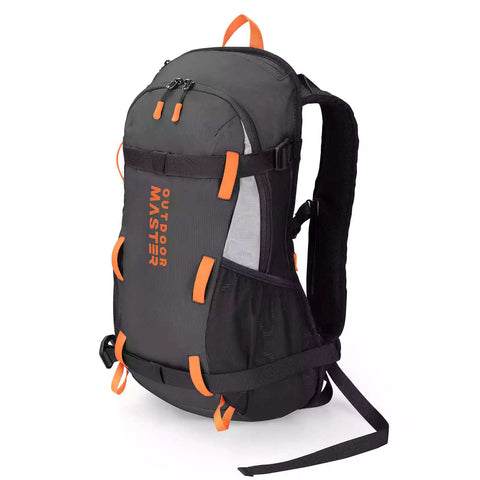
For those skiing or snowboarding in areas with frequent avalanches, a backpack with a built-in deployable airbag is recommended. It is one of the best ways to ensure you or someone else does not get buried under the snow in the case of an avalanche.
Items to put in your backcountry backpack:
- Compass/GPS
- Food/snacks
- Water
- Extra layers
- First aid
- Headlamp
- Firestarter
- Sunglasses (or goggles)
- Climbing Skins
- Phone/two-way radio
- Knife/multi-tool
Helmets and Goggles

Just like skiing in the resort, wearing a helmet and goggles is highly recommended in the backcountry. Helmets are essential when freeriding because terrain in the backcountry can prove dangerous. With trees and rocks buried under the snow, it’s best to protect your head from unforeseen injuries. The OM Kelvin Carbon Fiber Helmet is lightweight and breathable, a good choice for staying safe and comfortable while in the backcountry.
Goggles are an essential bit of gear, too. Not only will they protect your eyes from the wind and snow as you carve down the mountain, but they will protect your eyes from the harmful UV rays that will inevitably bounce off the surface of the snow and into your pupils. If you’d rather wear sunglasses while you skin up the mountain, I’d recommend the Outdoor Master Hawk Sport Sunglasses.
Backcountry Clothing
Depending on where you go, you might want to get specific clothing. Your daily resort fit might prove to be too hot or too cold for the backcountry. Normally, your jacket and pants are responsible for keeping you warm. In the backcountry, however, that is the responsibility of your base layers. Your outer layers (jacket and pants) are designed to keep you dry and protected.
Backcountry ski jackets tend to be lighter, allowing more airflow. This helps the wearer stay cool while walking for hours. There are suitable hardshell and softshell options; you’ll need a jacket that is breathable and waterproof.
The same goes for ski pants and bibs. Often, these items of clothing should not be insulated, because this leads to overheating. Instead, pants and bibs should feature a water-resistant material and zippered pockets to allow for airflow.
Gloves and Socks
Most of the time, the gloves that you use at the resort can double as your backcountry gloves. However, it is important to make sure they are fully waterproof. It would be a royal tragedy to get your gloves and hands wet and have no way of drying them or keeping them warm. It is a good idea to carry an extra pair of gloves in your backpack. If the weather forecasts colder conditions, it is best to wear glove liners, too.
You can get away with wearing regular socks while at the ski resort, but you won’t be able to in the backcountry. With all the walking you could potentially be doing, you will want a pair that is designed for such activities. The Outdoor Master Ski/Snowboard Socks are a perfect blend of warmth and comfort. That said, your ski/snowboard boot liners should take care of the warmth aspect of your journey.
Hats and Beanies
When skinning up a backcountry mountain, you must conserve your body heat. Wearing a beanie or a hat is a good way to keep your head from getting cold and give your eyes some extra protection against the sun.
Emergency Gear
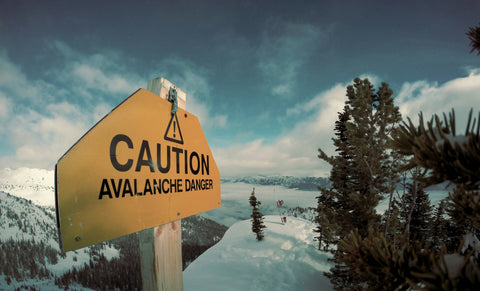
Photo by Nicolas Cool on Unsplash
It cannot be emphasized enough; skiing in the backcountry is dangerous. It is always recommended to bring safety equipment and gear in case of unfortunate circumstances. One of the main dangers of off-piste skiing is avalanches. Unlike the resort, backcountry snow is unmanaged and untamed. Having a reliable safety setup can make the difference between life and death.
Beacon and Probe
A beacon and probe are essential items for finding someone or being found under the snow. In the case of an avalanche, a beacon can help you identify the location of someone trapped beneath the snow. A probe is used to identify their exact location and how far they are underneath it.
Shovel
After finding your friend under the snow, the best way to get them out is with a shovel. Most avalanche shovels can fit inside your backpack and can be put together in a matter of seconds when an emergency occurs. Using a shovel to dig someone out of the snow is much faster than using your hands.
#DoWhatYouBelieve… But Do it Safely
Having the essential items to go along with your backcountry excursion is important. That said, being prepared, practicing, and taking the right precautions are just as important. Outdoor Master can provide you with some useful gear to take with you on your journeys, but only you can remember to stay alert and aware of your surroundings while out in nature.
If you have never skied in the backcountry, consider taking classes on mountain safety and avalanche prevention; take tours with professionals, and ski with friends who have your back.


